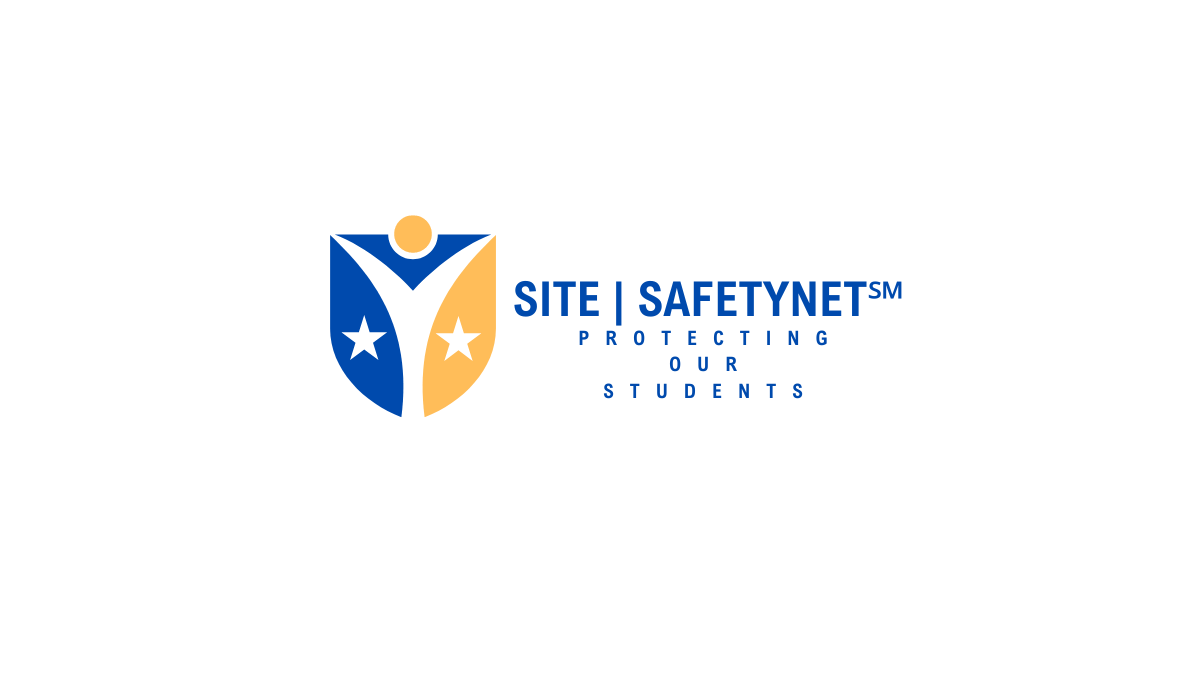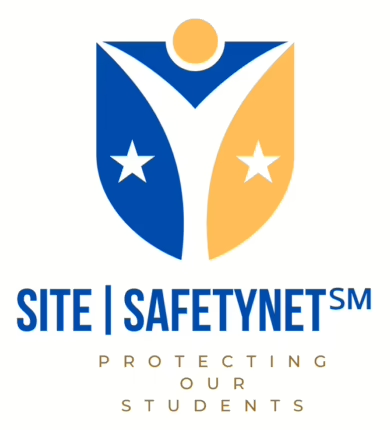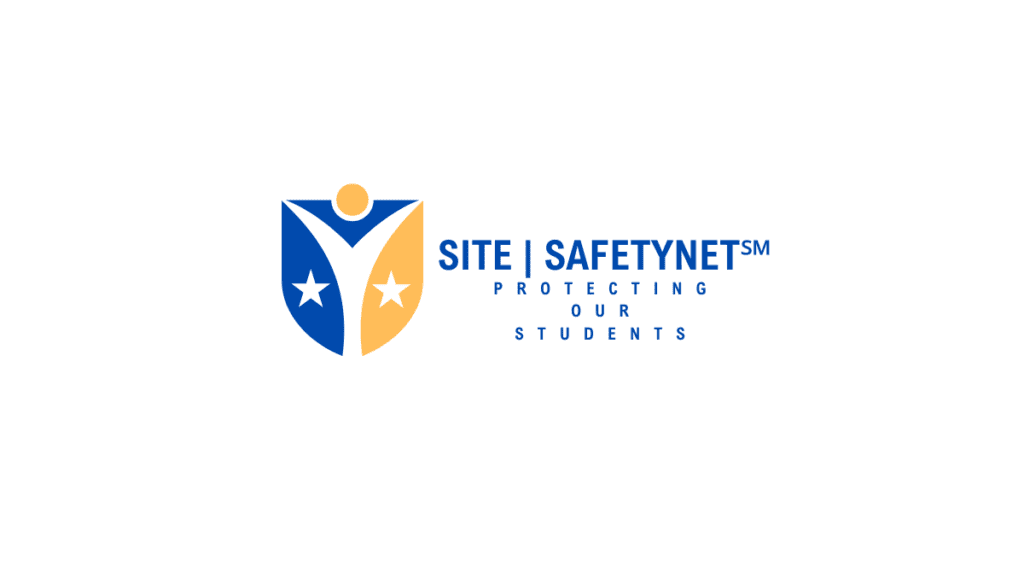 By Robert Jordan, Founder of SITE|SAFETYNET℠
By Robert Jordan, Founder of SITE|SAFETYNET℠
Texas House Bill 3 (HB 3) and School Security Funding: Challenges and Implications for School Safety
Background on HB 3: A Legislative Mandate with Financial Gaps
In response to increasing concerns about school safety, Texas enacted House Bill 3 nearly two years ago, mandating the presence of an armed officer on every K-12 campus. Schools were allowed to employ these officers directly or contract with local law enforcement agencies. However, while the legislation was ambitious in its scope, the funding provided fell significantly short of covering the actual costs.
The bill initially allocated $15,000 per campus to help schools comply with this mandate. Yet, according to reports from KERA, the actual cost of hiring a qualified armed security officer can reach as high as $85,000 per year. This stark discrepancy between funding and expenses has led to HB 3 being labeled as an “unfunded mandate,” placing substantial financial strain on school districts.
Compliance and Challenges: A Reality Check
Nearly two years since the enactment of HB 3, only about half of Texas school districts have fully complied with the armed security requirement. According to Houston Public Media, the other 52% of districts have sought and received good cause exception waivers due to financial constraints.
Educational leaders and security experts have consistently recommended that Texas provide at least $100 per student to genuinely meet the mandate’s demands. This would give schools a more realistic budget to enhance security measures without severely impacting other essential educational resources.
Legislative Response: Is It Enough?
In the current legislative session, increased funding for school security has become a focal point of debate. Governor Greg Abbott has proposed an additional $500 million for school safety. Meanwhile, the Texas House and Senate have included $400 million in their proposed budgets for the next two years.
While these budget proposals indicate a step in the right direction, school administrators are cautious. There is widespread concern that even with these increases, the funding may still be insufficient to cover all necessary security enhancements.
The Bigger Picture: Texas and Beyond
Texas is not alone in facing these funding challenges. Other states are grappling with similar issues. For example, the Utah State Board of Education (USBE) has reported a need for $500 million to comply with their own school safety legislation, HB84, which also mandates extensive security upgrades.
This highlights a national trend where states pass comprehensive school safety laws but struggle to provide the necessary funding for effective implementation.
Public and Political Sentiment: A Divided Perspective
The public and political reaction to HB 3 and the ongoing funding debate has been mixed. On platforms like X (formerly Twitter), opinions range from skepticism about the effectiveness of the proposed budget increases to concerns over potential conflicts of interest in the management of security funds.
Some argue that simply increasing funding without a clear strategic plan might not address school safety needs effectively. Others believe the allocation process should be more transparent to ensure funds are used efficiently and equitably.
Conclusion: A Defining Moment for School Safety Funding
The outcome of the current legislative session in Texas could significantly influence how school safety funding is approached, not only within the state but also across the U.S. As states grapple with balancing legislative safety mandates with the financial realities of implementation, Texas’ decisions could set a precedent for future funding models.
At SITE|SAFETYNET℠, we support schools in navigating these challenges. Our unique assessment program is designed to help schools optimize their security budgets while complying with legislative requirements, ensuring a safer environment for all students and staff.
About the Author:
Robert Jordan founded SITE|SAFETYNET℠, a comprehensive K-12 safety assessment tool designed to measure and improve school security. By combining real-time safety monitoring with dynamic scoring, SITE|SAFETYNET℠ empowers schools to address security challenges proactively.
Missouri Governor Vetoes School Safety Funding for Gun-Detection Technology

